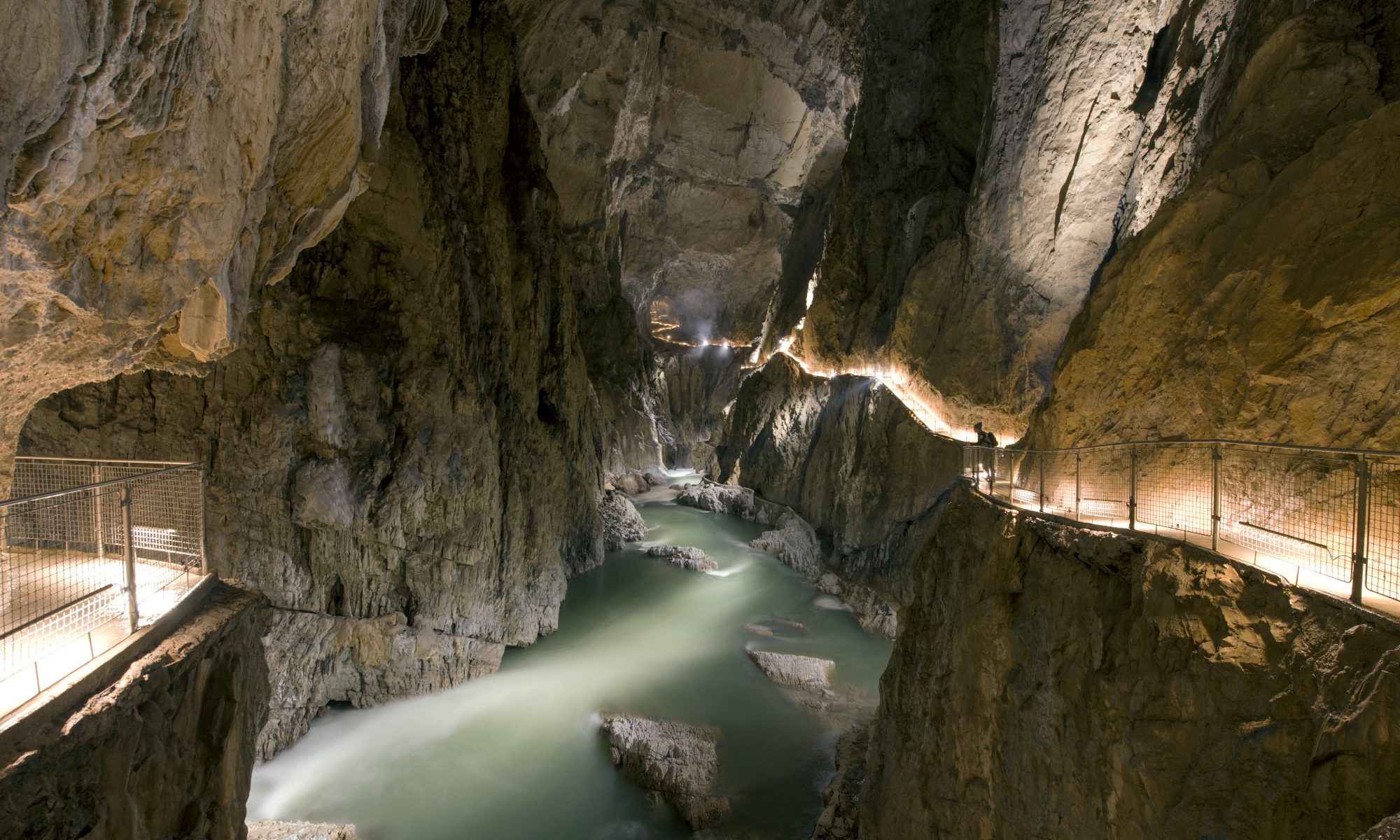Show caves are the most interesting and the easiest accessible part of the underground. They represent the most valuable part of the underground from a human perspective. However, underground tourism take place in an semi-isolated environment that has been developing several hundreds of thousands or millions of years. Recent processes of transformation are usually extremely slow or even completely incompatible with processes that formed and shaped cave passages. As result, show caves are frequently considered as highly vulnerable environment and sensitive to touristic activities. The only way for long-term (sustainable, centuries-old) use of show caves is adaptation of intervention and tourist activities to natural constraints (carrying capacity). This is challenging for many show caves and especially difficult in show caves with increasing trend of visiting. The main purposes of conference is presentation of theoretical and practical issues of:
- carrying capacity/-ies from different viewpoints (illumination, CO2, temperature, subterranean fauna…);
- show cave management; and (where sustainability was not followed)
- show cave restoration.
Cooperation of show cave manager with research institutions is considered as crucial for determination and realisation of show cave sustainability as well as monitoring of proposed use. This was already recognised in 2012 at the international congress entitled Scientific Research in Show Caves; after seven years Škocjan Caves manager (Škocjan Caves Public Service Agency) as well as karst-and-cave-dedicated research organisation (Karst Research Institute ZRC SAZU) realised that is time to exchange new findings and practices between broader community of cave managers and research organisations that was not completely reached during 26th International Karstological School ‘Classical Karst’: Show Caves and Science. The main goal of the conference is science-based international exchange of good and bad practices of show cave management that is focused on sustainable use of show caves.
